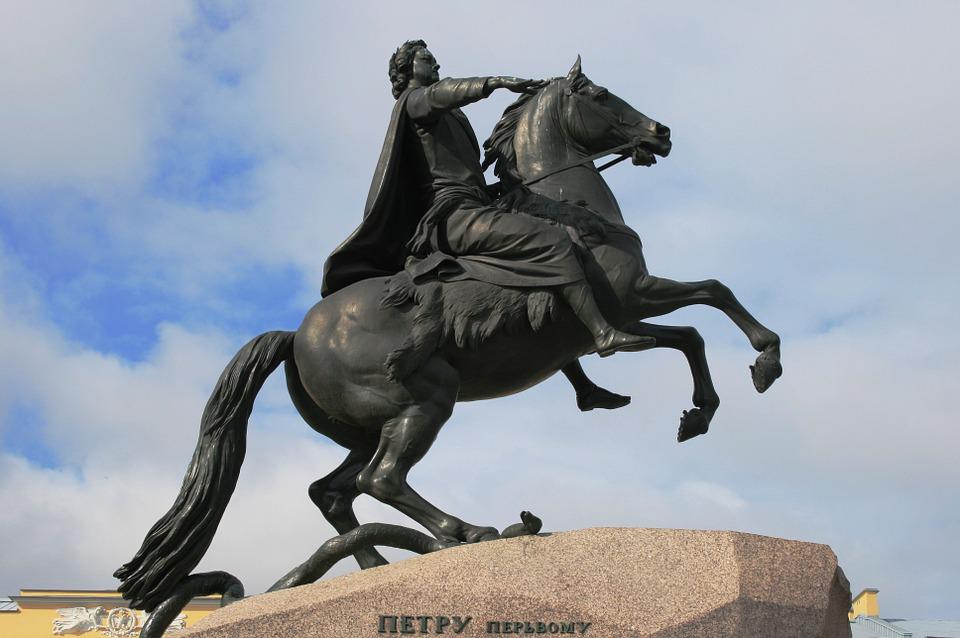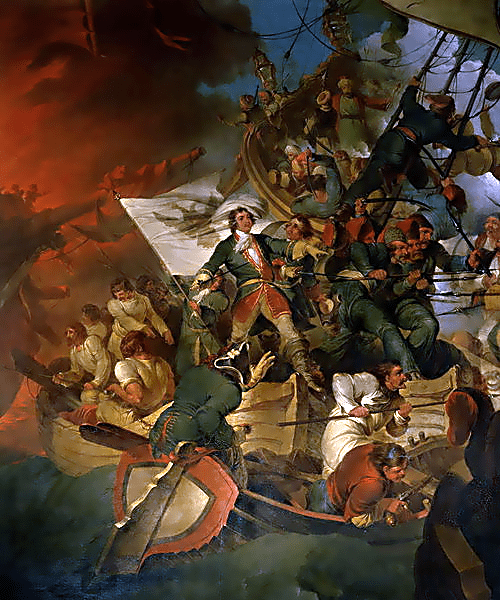Peter the Great, also known as Peter I, is one of the most well-known Tsars or Emperors of Russia, as he is instrumental in the modernization of Russia and the country’s status as a powerhouse in Europe during his reign. Peter the Great was also influential in the creation of the Imperial Russian Navy, which is considered one of the most powerful naval forces in the world before its official disbanded in 1917 following the February Revolution.
However, the biggest achievement in Peter the Great’s reign as the Tsar of Russia was his push for a cultural revolution that replaced medieval, traditionalist, and outdated political systems with a new system based on the Age of Enlightenment that is more scientific and modern. To know more about the early life and achievements of this iconic tsar, here are several historical details about Peter the Great.
The Early Life of Peter the Great
Peter the Great, whose real name is Pyotr Alekseyevich, was born on June 9, 1672, in Moscow, the capital city of present-day Russia. His father, Tsar Alexis of Russia, and his mother, Natalya Naryshkina, named Peter after the apostle of the same name, who is also known as Peter the Rock. From an early age, Peter was tutored by renowned figures in Russia during the 1600s, namely Patrick Gordon, Paul Menesius, and Nikita Zotov.
When Tsar Alexis of Russia died in January 1676, he was succeeded by Feodor III of Russia, who was Peter’s elder half-brother. Because Feodor III was a weak and sickly teenager, most of the tsar’s duties were handled by Artamon Matveev, a Russian statesman and diplomat that served as a good friend to Tsar Alexis. Matveev was also the childhood benefactor of Peter.
Unfortunately, Feodor III’s reign was short-lived, as he passed away in 1682. Because Feodor III did not have children, the throne was disputed by the Miloslavsky family, the family of the first wife of Tsar Alexis, and the Naryshkin family, the family of Peter’s mother. Ivan V, Peter’s elder half-brother, was supposed to inherit the throne, but because of his chronic illness, it was ultimately decided that Peter and Ivan would be joint Tsars.
The Reign of Peter the Great
Under Peter the Great and Ivan V’s reign as joint Tsars, Russia underwent a cultural revolution that aimed to modernize the political and social systems in the country. Peter the Great created sweeping reforms that would change the traditionalist and outdated systems of Russia into systems that were more appropriate during the Age of Enlightenment.
Another goal of Peter the Great during his reign was to establish Russia as a maritime power, and this goal eventually led to the creation of the powerful Imperial Russian Navy. Through Peter’s reforms, Russia was turned from an underdeveloped country into one of the strongest nations in the world.
Russia’s Maritime Power Under Peter the Great
In order to establish Russia as a maritime power, he would need to take several lands away from the Ottoman Empire since Russia did not have access to the Baltic Sea, the Caspian Sea, and the Black Sea. One of the first objectives of Peter the Great was to capture Azov, a fortress of the Ottoman Empire. The Azov campaigns then began in 1695, although the first few campaigns were a failure because Peter did not have a strong naval force. So, in November of the said year, he returned to Moscow to build a large navy. Peter then launched about thirty shops in Azov in 1696 and was successful in capturing the fortress. In 1698, Pete the Great declared Taganrog the first Russian Navy base.
After beating the Ottoman Empire in the Azov campaigns, Peter the Great’s goals then moved to gain access to the shores of the Baltic Sea to the east, which are lands that were occupied by the Swedish Empire. The Great Northern War between Russia and the Swedish Empire then began in 1700 and ended in 1721 with the victory of Peter the Great. After the war, Russia became the new dominant power in the Baltic region.
The Later Years of Peter the Great’s Reign
With Russia considered one of the strongest countries in Europe through victories in various battles, Peter the Great then continued to reform the country internally. In 1721, right at the end of the Great Northern War, Peter the Great adopted the title of Emperor and abandoned the Tsar title. Then, he founded the city of Saint Petersburg and made it the capital of Russia.
In order to improve the appearance and the economy of Saint Petersburg, Peter the Great created new taxes, which included the poll taxes and head taxes that were payable by paupers and serfs. The construction of Peterhof Palace, Peter the Great’s place of residence, was then completed in 1725 and is located near Saint Petersburg.
Before the completion of Peterhof Palace, Peter the Great had fallen ill due to problems with his urinary tract and bladder that started in 1723. In 1724, surgeons then performed a surgery that involved releasing up to four pounds of blocked urine inside Peter the Great’s body. After the surgery, Peter the Great remained bedridden until the autumn of 1724. However, Peter’s problems with his urinary tract returned in January 1725. Peter the Great would then pass away on February 8, 1725.
Peter the Great would then be succeeded by Catherine I of Russia, his second wife and consort, who served as the Empress of Russia from 1725 until her death in 1727. Catherine I was then succeeded by Peter II, the son of Tsarevich Alexei Petrovich, who was the only son of Peter the Great to his first wife, Eudoxia Lopukhina.
Many of the institutions of the modern Russian government are influenced by Peter the Great’s reforms, thus making him one of the most influential people in the history of Russia. Peter the Great’s name will forever be remembered in history, as he was the one who was able to turn Russia into a European powerhouse.



